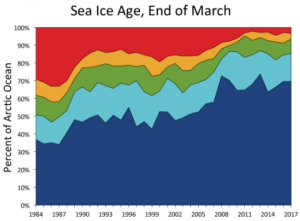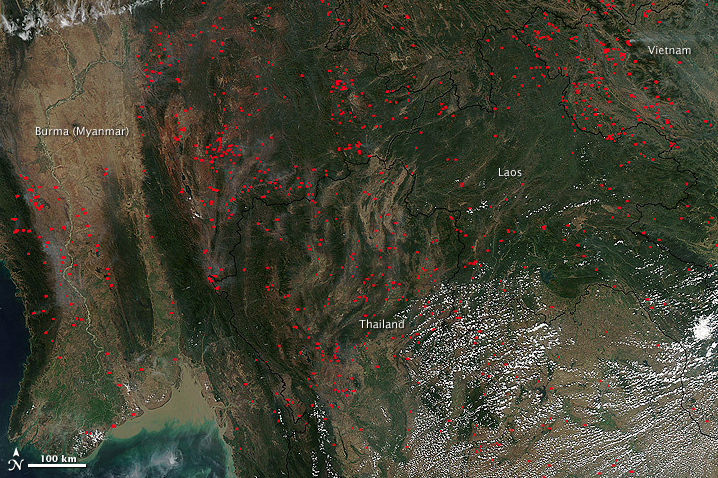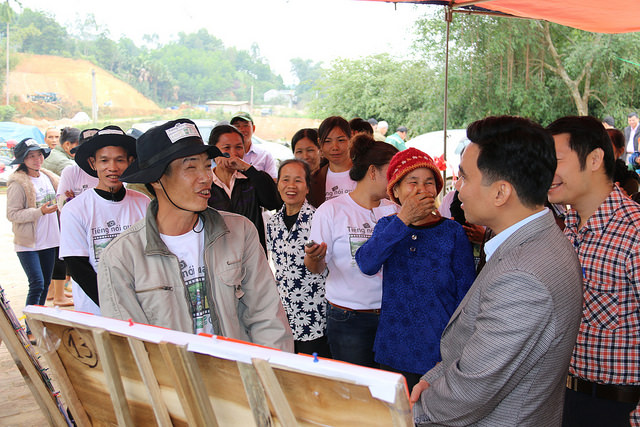Being in a foreign country with an unfamiliar language, customs, and social norms, one is hyper-sensitive to communication. Everything takes a bit more effort and there are lots of opportunities for misunderstandings and faux-pas - more unknown unknowns than you could shake a stick at. Given that I'm here primarily to do a thesis on participatory research and multi-directional communication in relation to climate-smart agriculture, I'm probably thinking about it more than I would otherwise be. Still, it seemed like the gods were winking last night as I tried to get myself some dinner in Hanoi.
 Before leaving the hotel, I looked over my notebook and planned out my meal based on a couple of scribbled phrases related to food. Xin caw toi c'om rang (Can I have fried rice please?) looked like a good bet and I set off.
Before leaving the hotel, I looked over my notebook and planned out my meal based on a couple of scribbled phrases related to food. Xin caw toi c'om rang (Can I have fried rice please?) looked like a good bet and I set off.
I took a wander around some streets before making my way to a place I had spotted earlier. Fairly ravenous by the time I got there, the phrase had gone out of my head. Still, as I got to the entrance I had it back, and ran it over in my mind. The older woman on the steps who was obviously in charge demanded something of me as I entered the open-fronted area and I proceeded to tell her that I would like some fried rice, please. She didn't seem convinced but pointed me to a table under a fluorescent bulb and a fan and repeated what I had said. I nodded. She shouted to a girl at the back. I sat down and looked around. Somehow, I wasn't sure I was in the right place. Momentarily, the girl appeared and repeated my 'fried rice' again as she left a small bowl of ice-cream in front of me. I smiled at her like it was exactly what I had expected, and it was delicious. But I was still hungry, and it wasn't what I had asked for. Or was it?

I guess the lesson is that communication can go astray, and when it comes to the needs of resource-poor agricultural communities in developing countries we need to be keenly aware that the onus is on development agencies to match any interventions to what communities are actually asking for. Ice-cream may not do, no matter how good it tastes.




